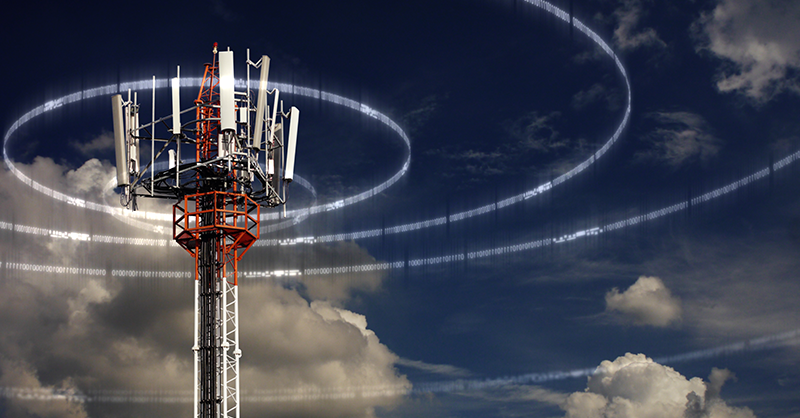If you've ever walked through a town and spotted tiny 5G cell towers on street light poles. They look like little boxes however, they're actually transmitting wireless signals from mobile providers to your phone.
The smaller ones are being replaced by the larger built cell towers. While they're not as noticeable however, they could create problems for those who live nearby.
It is the of the FCC's Radiation Exposure Thresholds
The FCC's Radiation Exposure Thresholds establish the safe distance that one can expose to electromagnetic energy generated by wireless devices. The limits of exposure are based on scientific data which show that the energy of RF could be harmful to human health.
what is a safe distance from a 5g cell tower (SAR) is an indicator of the amount of radiofrequency energy that is absorbed by tissue. It's usually 1.6 watts per kilogram, calculated over one Gram of tissue.
But, since 5g operates at higher frequencies, it has the potential to cause greater energy intensity on the skin and other directly-exposed body parts. This can result in a wide range of possible harms, such as an increase in development of skin diseases like dermatitis, skin cancer and cataracts.
Due to the potential for severe effects of 5g radiation, PSU has chosen to create a general maximum power density of four MW/cm2 averaged over 1 cm2, but not exceeding 30 minutes for all 5G services running at 3000 GHz. This localized limit is consistent with the maximum SAR that is spatially averaged at 1.6 W/kg averaged over 1 grams of tissues at six GHz.
safe distance to live from cell phone tower
In the event that you've used cell phone, then you've probably realized that a safe location from the tower is around 400 meters away. This is because the power of transmission from a cell tower increases dramatically the further away your location from the tower.
While this sounds like a good idea but the truth is that those living close to towers may actually be more prone to health issues. For instance, a 2014 study in India found that those who lived within 50 meters of cell towers experienced significantly more health complaints than those who lived farther distance from them.
But, the study revealed that those who relocated to areas that were further from cell towers experienced their symptoms improve within a couple of days. Another study has revealed that exposure to high amounts of electromagnetic field radiofrequency (EMFs) can cause brain tumors, cancer as well as other health issues.
This is due to the fact that the RF radiation utilized in wireless communications, can be absorbed by the body's outer layer, called the skin. It is crucial to know because the skin serves as a protective barrier against injury to the body, infection caused by pathogenic microorganisms and infiltration of toxic substances. Additionally, it is the biggest organ of the human body. It is responsible for protecting other organs.
The FCC's Minimum Exposure Thresholds
The FCC's Minimum Exposition Thresholds are based upon many assumptions that aren't supported by scientific evidence. They include the incorrect assumption that short-term exposures to RF radiations are not harmful because of the minimal penetration into the body (i.e., tissue heating).

This also overlooks the greater penetration of ELF components of modulated RF signals and the effects of brief bursts of heat caused by RF pulses. These assumptions do not correspond with the current understanding of biological consequences of RF radiation. As such they shouldn't be considered for health protection exposure guidelines.
Furthermore, the ICNIRP and FCC are limiting their maximum exposure limits to local peak SARs that are based on the peak spatial specific absorption rate (psSAR) that is not a sufficient dosimetric tool to determine the degree of radiation exposure. Particularly it is inconclusive when frequencies exceed 6 GHz. Furthermore, psSAR has not been tested for what is a safe distance from a 5g cell tower exposed to other environmental agents , such as sunlight. Interactions of RF radiation and other environmental agents could result in antagonistic or synergistic effects. This can lead to an increased risk of negative health effects. For example, exposure to RF radiation with sunlight may cause an increase in the incidence of developing skin cancer and exacerbate other skin diseases such as acne.
